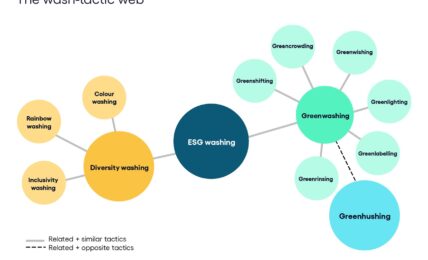Insurance group State Farm announced today a new sustainability target, committing to reduce GHG emissions by 50% by 2030.
The company stated that it will initially emphasize reductions in Scope 1 and 2 emissions, including direct from company facilities and vehicles, as well as indirect GHG emissions, such as those from the generation of electricity supplied to the company. The company highlighted initiatives it will take towards achieving the new target, including a recently-finalized renewable power purchase commitment for its Richardson, Texas office and data center facilities, and the exploration of sustainable solutions for fleet vehicles, energy efficiency capital projects, virtual power purchase agreements, and green natural gas.
According to State Farm, its new emissions reduction commitment aligns with the Science-Based Target initiative (SBTi) goal of keeping global temperature rise below 1.5 degrees Celsius by 2050.
State Farm Chairman, President & CEO Michael Tipsord said:
“For nearly one hundred years, State Farm has functioned on the belief that being a good neighbor means being good stewards of the neighborhoods we serve. We want to help make a better world by building resilient futures, empowering good neighbors, and protecting what matters.”
The new goal was launched with the release of “Good Neighbors. Better World,” a new report, highlighting the company’s progress on its ESG initiatives. Highlights of the new report include energy efficiency milestones reached by the company with more than 80% of facilities with an Energy Star Score of 75 or higher; diversity achievements with women representing 57% of the company’s workforce and 37% of executive roles, and; commitments of $100 million made in support for minority communities for issues of racial equity and justice over the next 5 years.
The post State Farm Commits to Cut Emissions in Half by 2030 appeared first on ESG Today.

